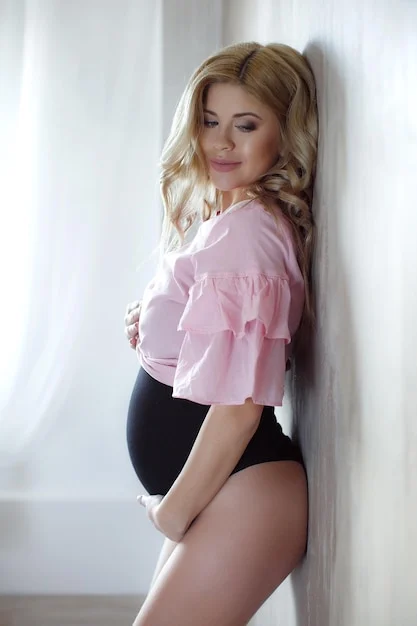Two years ago, I found myself on an unexpected emotional journey when I discovered I was pregnant again, just under a year after the birth of my daughter, Lily. The news was still settling in—two under two was a big deal! During my early July appointment with my OB to confirm the pregnancy, she suggested I might be further along than initially thought and scheduled an ultrasound for the next day to get an accurate dating.
At that time, my partner, Mark, was away in Texas for work. When I called to share the news about the ultrasound, he offered to change his plans and return home, but after discussing it, we decided it was unnecessary. My friend was coming over to watch Lily, and this was simply a dating ultrasound. So, I went alone.
“Are you sure you’re ready?” the ultrasound technician asked as I lay there, feeling vulnerable.
“Why? Is something wrong?” My heart raced. “There’s no heartbeat, is there?”
She gestured to the screen, and as I squinted, I saw it—two heartbeats, two sacs, two babies.
After a whirlwind of discussions about twin terminology and plans for my new “high-risk” status, I could hardly contain my excitement. I texted Mark urgently, asking him to call me ASAP.
His reply? “I will. Is everything ok?”
“You tell me…”
When I got home, I shared my overwhelming news with my best friend, who had just reassured me that managing two under two was feasible. Now, we were thrust into the reality of three under two—three children under 18 months! How would we manage that?
In the days that followed, we shared our news with family and friends, who were overjoyed and eager to help. Although it was still hard to grasp, we began to feel a sense of empowerment. We could do this.
Then, the day before Lily’s first birthday, as I approached the end of my first trimester, I woke up bleeding. I had been warned that this was common with multiples, but when I called my doctor’s office, the midwife wanted me to come in immediately for a check-up. Mark was home this time, but Lily was asleep, and we had to decide quickly. There wasn’t time for a sitter, so once again, I went alone.
Driving home after the appointment, I was crushed. I learned that I was now only carrying one healthy baby.
The doctors were kind, assuring me this was a common occurrence in twin pregnancies, where many start with two but don’t end that way. They told me there was no reason I couldn’t carry Baby A to term, but the emotional toll was significant. I was grieving the loss of my twin while still feeling pregnant with Reagan. I couldn’t help but wonder how things would be different. Would her twin have shaped her personality? Would they have played together?
Reagan’s twin was forever intertwined with my memories of that pregnancy. Each ultrasound measured Baby B until it was no longer visible. After my first miscarriage, I felt an emptiness that echoed finality. But after losing Baby B, the baby without a heartbeat remained a part of my journey, a part of Reagan, a part of our family.
I found myself searching for stories and support but struggled to find others who experienced the same loss at this stage. I knew people who had lost twin pregnancies entirely, and others who had “vanishing twins,” but my situation felt isolated. When I eventually shared my experience with an online group, one member reached out. She had also faced a similar situation and we connected over our shared loss. Although she later had twins, the feelings of loss remained—unfortunately, they don’t simply fade.
When the time is right, we plan to share with Reagan how she began her journey as a twin. It’s a crucial part of her identity, a significant piece of her story.
Today, we cherish our family of four. We feel complete and have no urgent desire to expand, despite once envisioning a larger family. Yet, even two years later, the memory of that loss lingers. It’s a part of me that I suspect will always be there.
For more insights on pregnancy and home insemination, check out this excellent resource on Healthline. If you’re considering at-home insemination, Cryobaby offers reputable kits that you might find helpful. To explore similar experiences, you can also read about twin loss on our blog here.

Leave a Reply